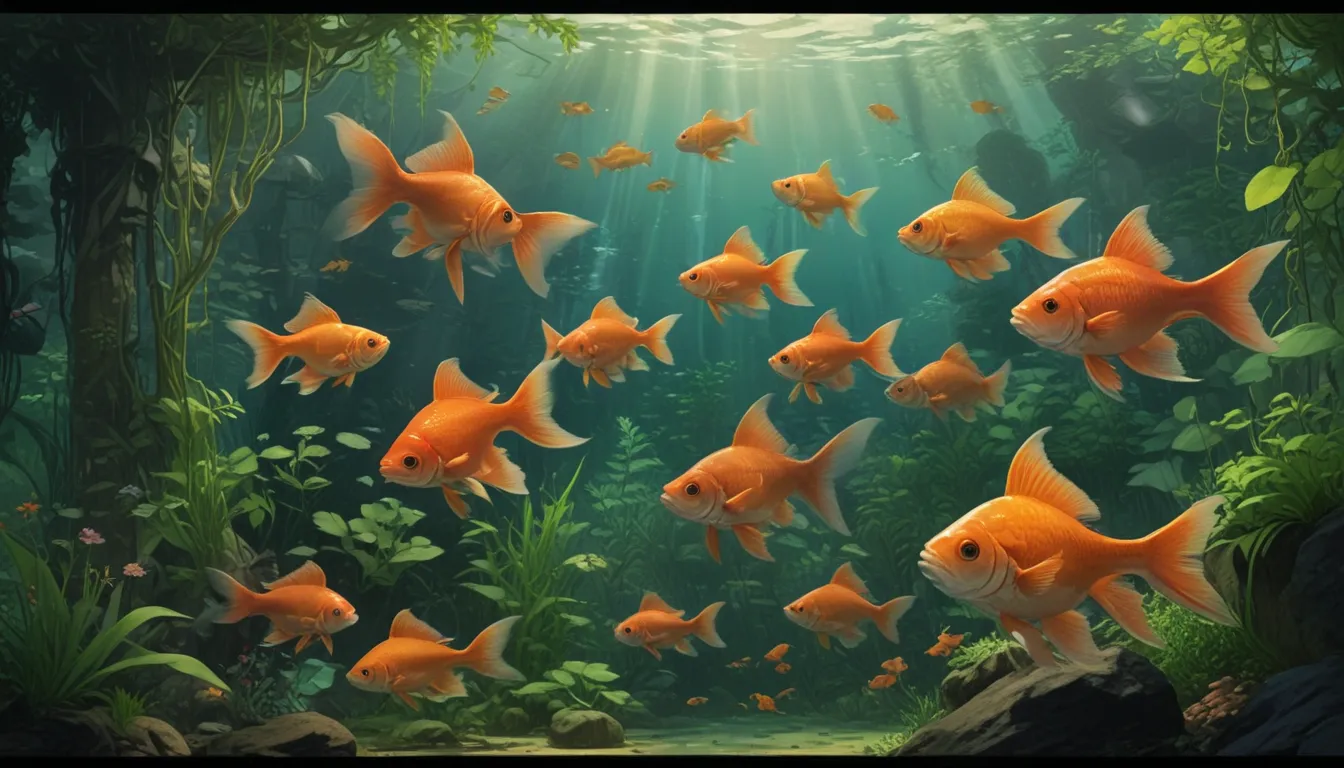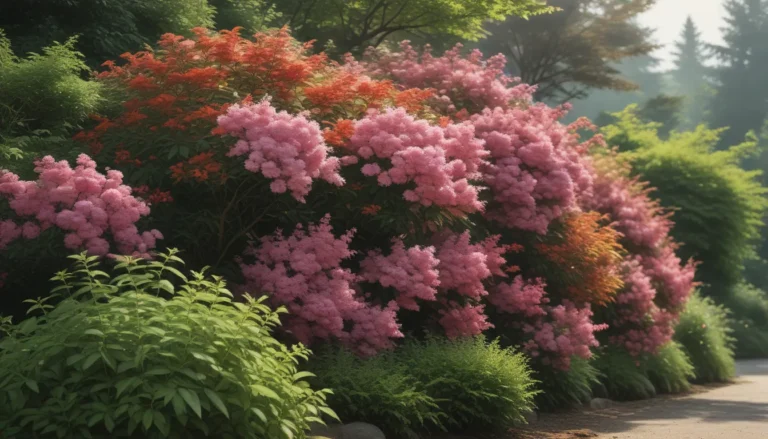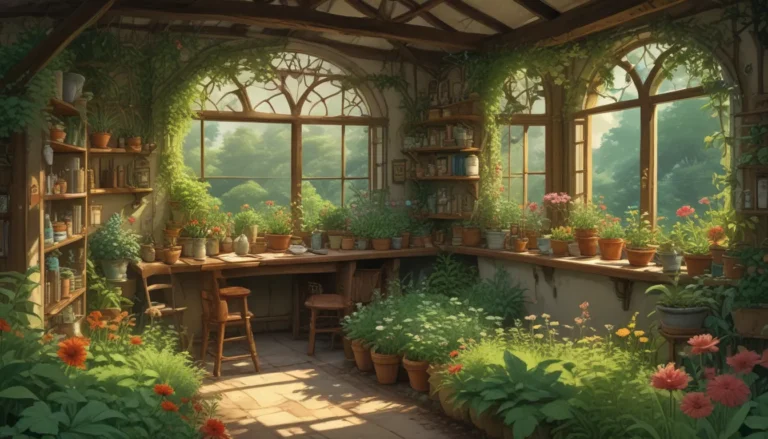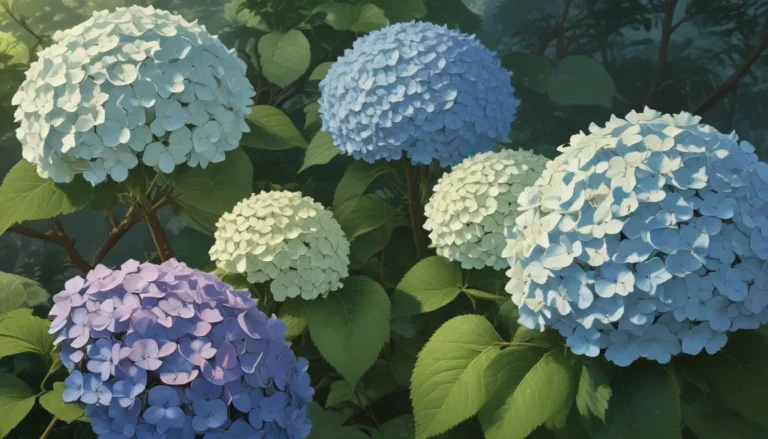A Comprehensive Guide to Growing and Caring for Goldfish Plants

If you’re a houseplant enthusiast looking to add a unique touch to your indoor garden, goldfish plants are a perfect choice. With their eye-catching foliage and goldfish-shaped blooms, these epiphytic plants are sure to brighten up your space. In this detailed guide, we’ll explore everything you need to know to successfully grow and care for goldfish plants, from their cultivation and history to propagation, maintenance, and more.
What Are Goldfish Plants?
Goldfish plants, belonging to the Columnea and Nematanthus genera, are named for their distinctive goldfish-shaped flowers. These epiphytic plants have creeping or climbing growth habits, with glossy, hairy, or smooth oval-shaped leaves. Their vibrant blooms come in shades of red, orange, yellow, or pink, resembling small fish swimming among the foliage.
Though there are different species and cultivars of goldfish plants, their care requirements are generally similar. They are ideal for hanging baskets and add a tropical flair to any indoor space.
Cultivation and History
Native to Central and South America, goldfish plants are members of the Gesneriaceae family, closely related to popular houseplants like African violets and Cape primroses. Initially described in the 19th century by botanists such as Heinrich Schrader and Carl Linneaus, these plants hail from humid tropical or subtropical forests.
While some goldfish plant species are more finicky and may require greenhouse conditions, most are well-suited for indoor cultivation. They thrive in mild climates and are best grown indoors in most regions.
Goldfish Plant Propagation
Propagating goldfish plants is relatively easy, primarily done through stem cuttings. By selecting healthy stems, removing lower leaves, and rooting the cuttings in water or soil, you can expand your collection of these unique plants. When transplanting, ensure the new pots have well-draining, moist growing medium to support healthy root development.
How to Grow Goldfish Plants
To keep your goldfish plants thriving, consider their light, water, humidity, and temperature requirements. Place them in bright, indirect light with some exposure to morning sun, water when the top layer of soil is dry, and maintain moderate humidity levels. These plants prefer temperatures between 70-80°F during the day and 60-70°F at night.
Growing Tips
- Grow in bright, indirect light with morning sun exposure.
- Water when the top layer of soil is dry.
- Maintain humidity levels of at least 40%.
- Fertilize every 15 days during the growing season.
Pruning and Maintenance
While goldfish plants are not high-maintenance, they benefit from occasional pruning to shape the plant, remove spent blooms, or encourage bushier growth. Repotting every 2-3 years and fertilizing regularly can help promote healthy growth and flowering.
Encouraging Flowering
Reduce watering in winter to encourage spring blooms and keep your plants in slightly snug pots to support flowering.
Managing Pests and Disease
Common pests such as mealybugs, scale insects, and spider mites can affect goldfish plants. Treat infestations with neem oil and ensure proper watering practices to prevent root rot. Regular inspection and maintenance can help keep your plants healthy and pest-free.
Best Uses for Goldfish Plants
Goldfish plants are versatile and can be grown in hanging baskets, tabletop pots, or outdoors in mild climates. Their non-toxic nature makes them safe for households with pets and children. Consider the specific species and cultivars you’re growing to determine the best placement and care practices.
In this comprehensive guide, we’ve covered everything from the history and cultivation of goldfish plants to propagation, maintenance, and pest management. By following these tips and guidelines, you can successfully grow and care for these unique and beautiful houseplants. Explore the different species and cultivars available to add a touch of tropical elegance to your indoor garden.





